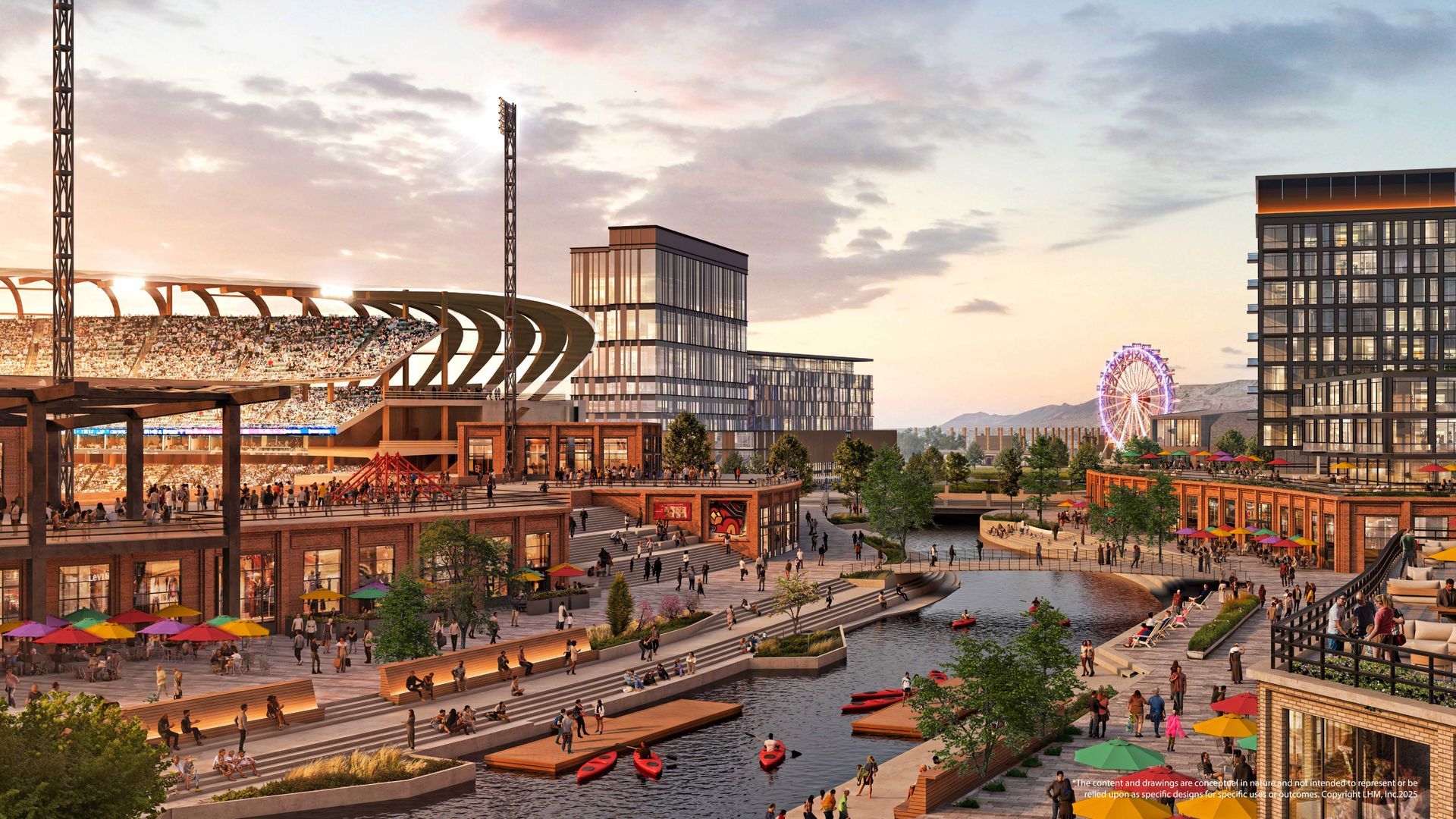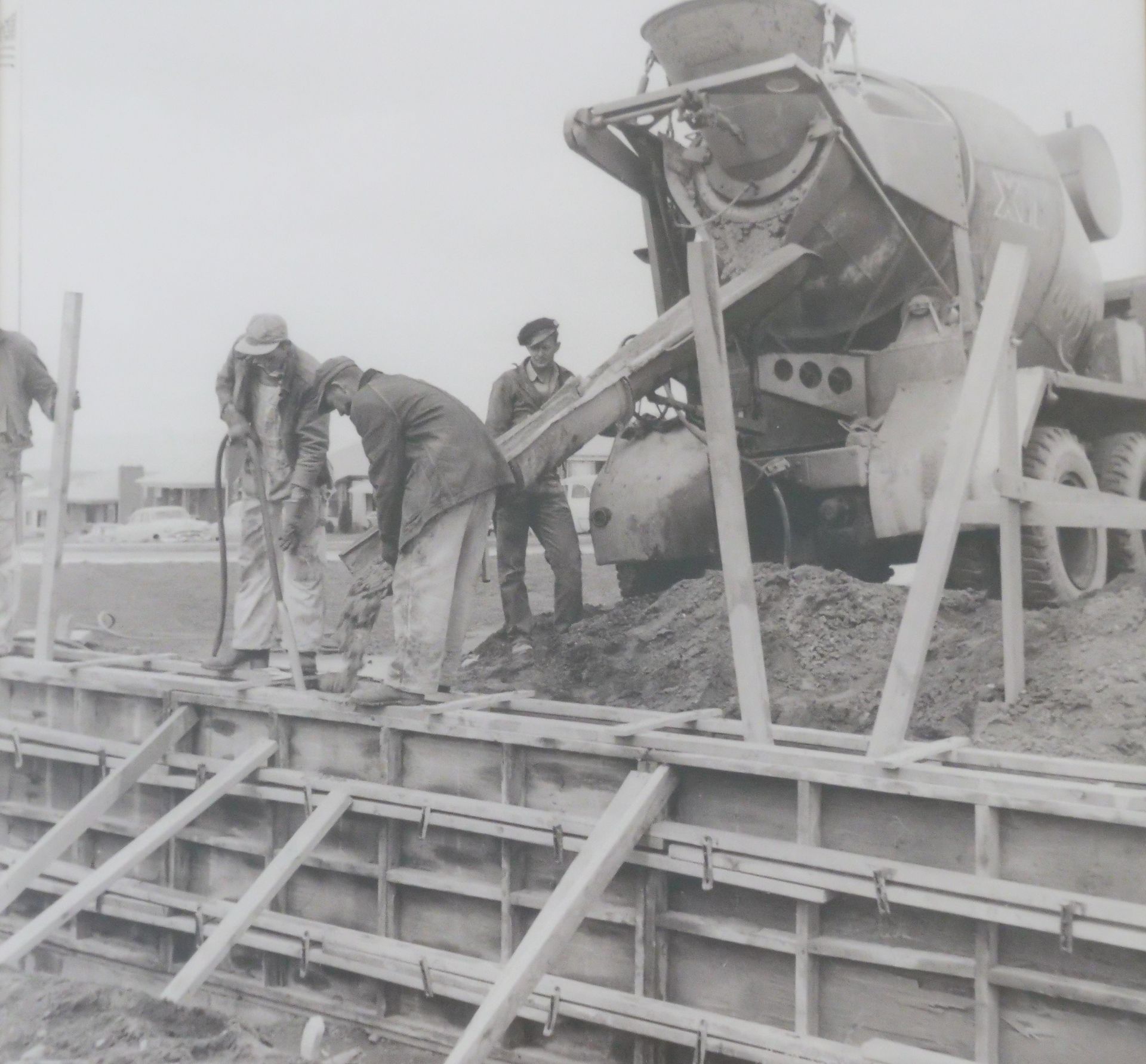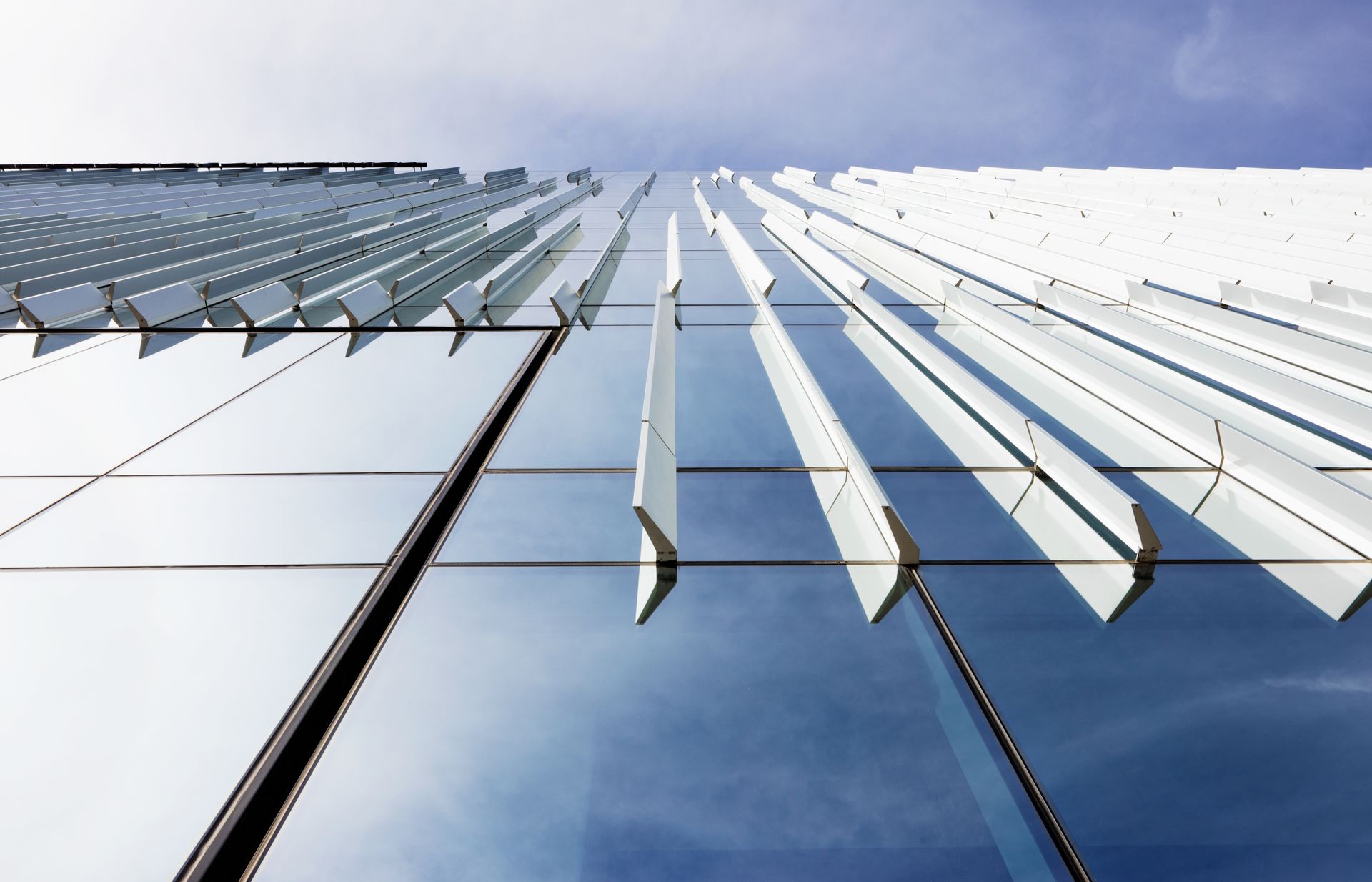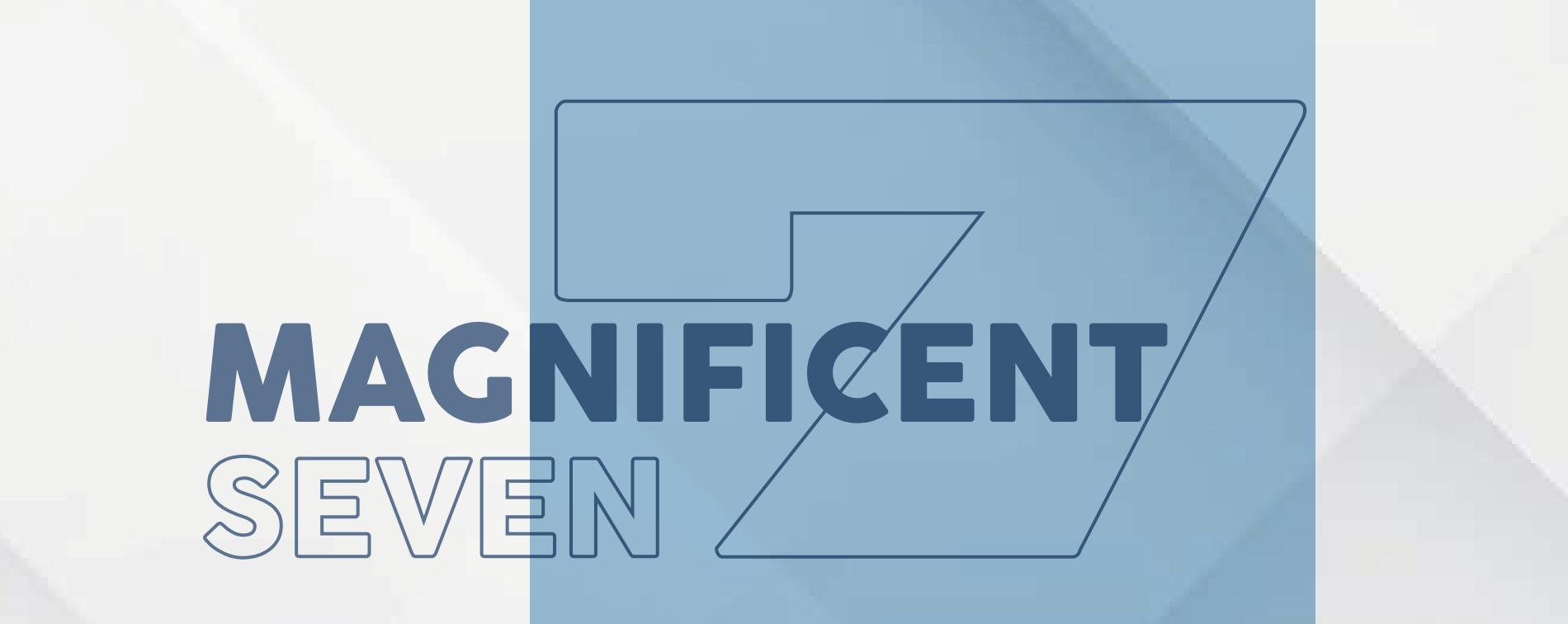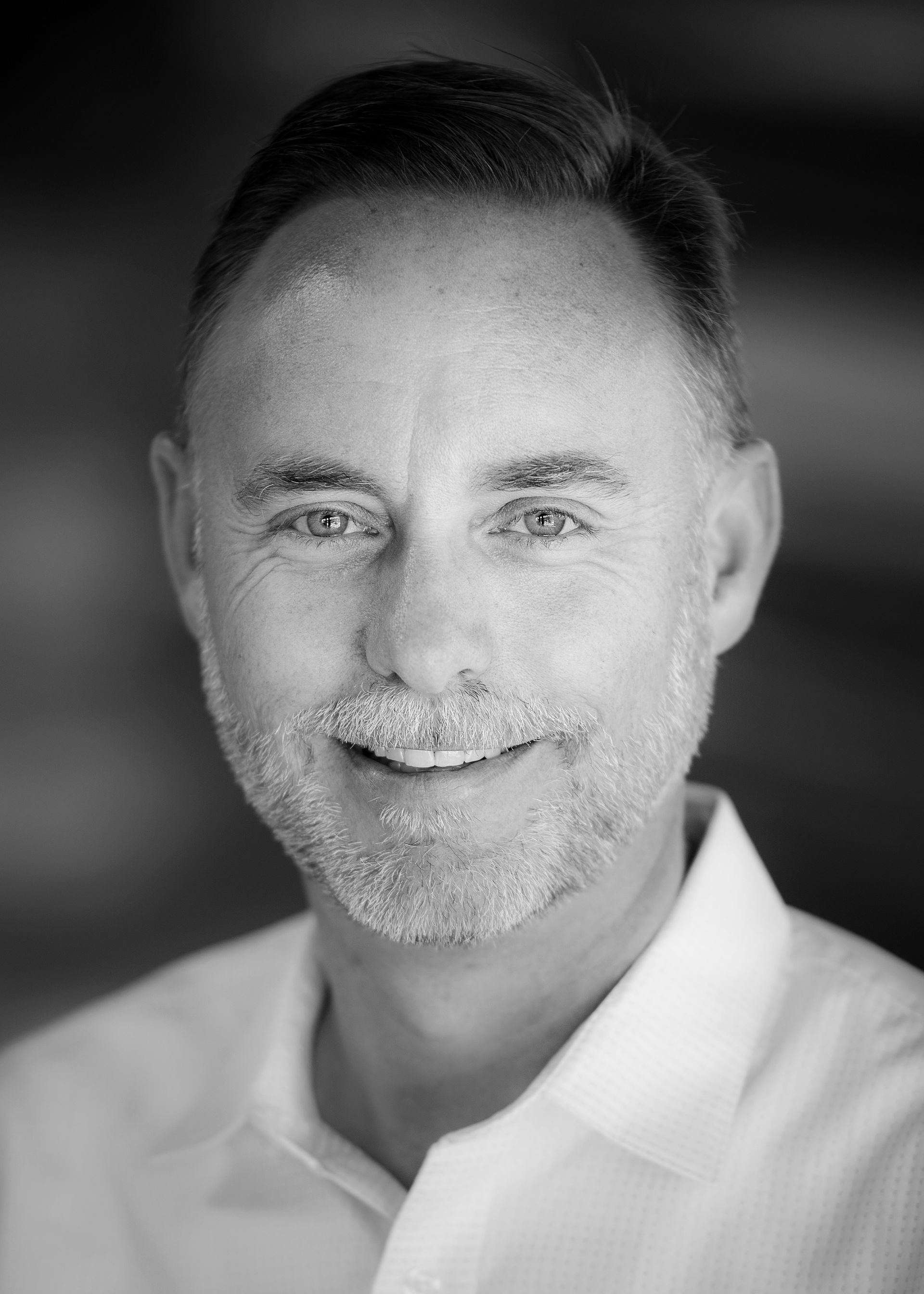Now in its third generation of leadership, the firm is renowned for its K-12 and Civic/Institutional design, along with its ability to mentor young architects. By Emma Penrod
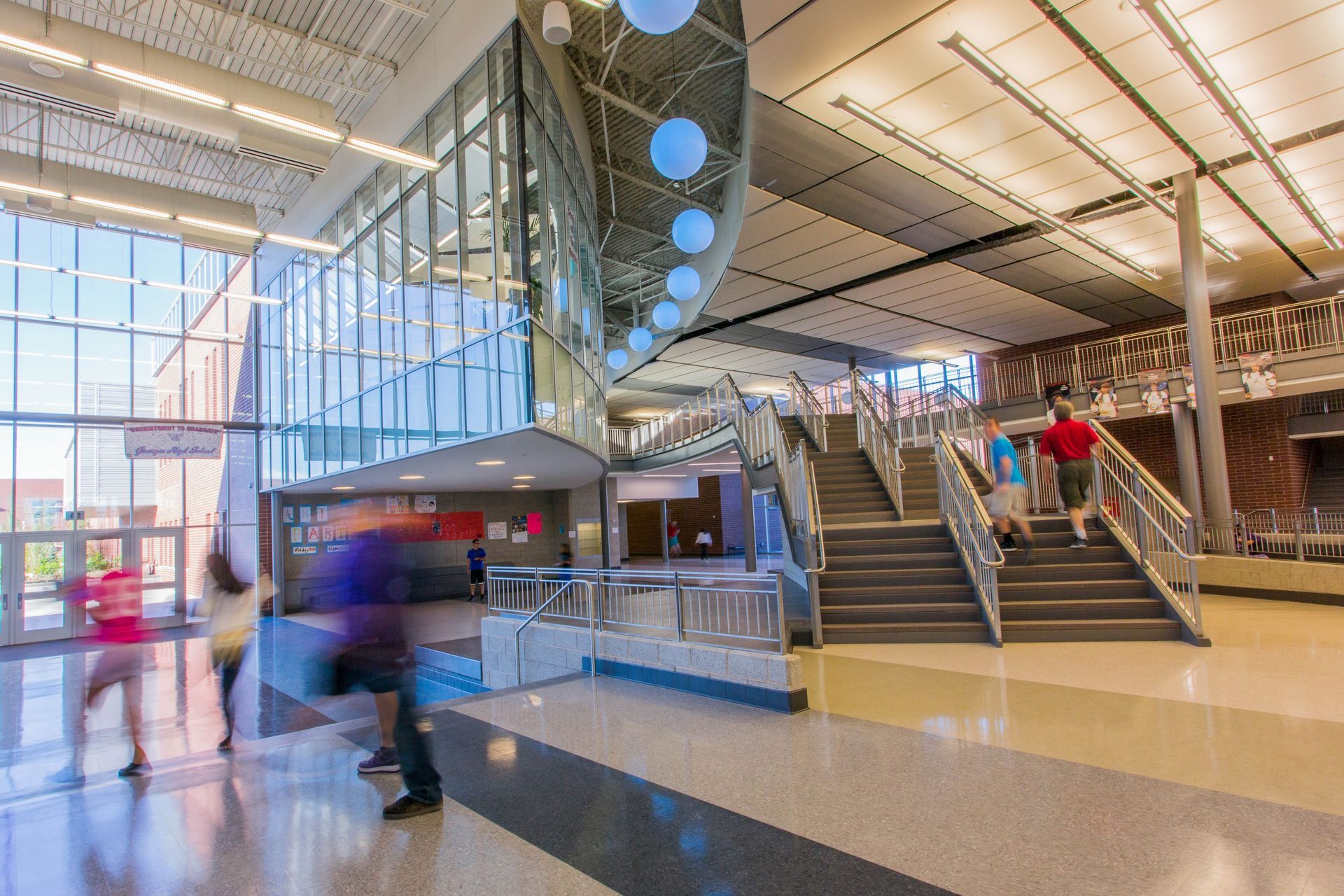
Staying Ahead of the Curve
Snow Canyon High School put Naylor Wentworth’s innovative muscle to the test straight out the gate. Naylor, Wentworth recalled, had already completed a small elementary school for the Washington School District using tilt-up concrete to keep costs in check, and the school board wanted him to do it again—this time on a major high school.
“The thought of doing a big tilt-up concrete high school scared me to death,” Wentworth said, “but Ken was convinced we could do it.”
The firm didn’t want to settle for standard gray panels, so it began experimenting with colored adders to get the concrete to match the red rocks that surrounded the St. George school, according to NWL Vice President Philip Wentworth (Ross’s nephew), who joined the firm in 1998. Their hard work paid off, and the technique became a staple of additional school projects in the area.
NWL also helped to pioneer the use of geothermal heating and cooling in southern Utah, Philip Wentworth said.
“We were ahead of our time and provided cost-effective buildings with low maintenance and utility costs,” said Philip. That type of innovation grew the company’s profile and made it popular with an increasingly large number of clients in the education sector.
But even as business boomed, management at NWL continued to take a careful, deliberate approach to recruitment—trying to ensure everyone they brought into the company could have a seat at the design table, and stay with the firm for as long as possible. The company wanted to avoid becoming trapped in a cycle of hiring for a project and then laying off staff when the work was complete, according to Vice President Eric Madsen.
NWL, Madsen said, continued to pursue educational and institutional clients for the same reason—they were stable industries, and clients tended to stick around long-term. “We’ve been able to ride through recessions not free of problems, but we certainly manage it better than a lot of firms because of the clients we’ve fostered,” he said.
Positive change would find the firm as Lund took the helm, though it came about quite unexpectedly. NWL had maintained a contract with the federal government (GSA) to complete various small projects as needed, which led to an opportunity to update and refinish some courtrooms in the historic Frank E. Moss Courthouse in Salt Lake City. In 2003, when a fire destroyed the Latter-Day Saint Temple in Apia, Samoa, it was this experience working with elegant historical finishes from the courthouse that helped NWL land its first contract with the Church of Jesus Christ of Latter-day Saints, Wentworth said.
A new chapter for the firm began after completing the Samoan temple. For Lund, whose love for architecture began while growing up abroad in Portugal and Mexico, working for the Church opened up opportunities to work in places he knew growing up. But taking on international projects also played to another of the firm’s strengths, according to Principal Travis Naisbitt.
Because of the firm’s slow-growth philosophy, NWL partnered with outside firms to complete projects that required more manpower than NWL had on staff, Naisbitt said. Working on international projects for the Church—especially during Covid-19—required a similar approach that saw NWL partnering with designers located in the country receiving a new temple.
“Looking back on a roughly 30-year career, I never would have imagined working in countries around the world,” Lund said. “Continuing that is a legacy I’d like to make happen.”
But while maintaining the firm’s current client list remains a priority, Lund said, current company leadership is also looking to diversify their services in the future. NWL wants to capitalize on Utah’s expanding higher education, industrial, and manufacturing sectors—a sign, Wentworth said, that the company is in good hands.
“If I were there I might want to hunker down and stay in the world we know,” he said. “But that’s the old man mentality. We need the energy of youth to keep pushing us forward.”




